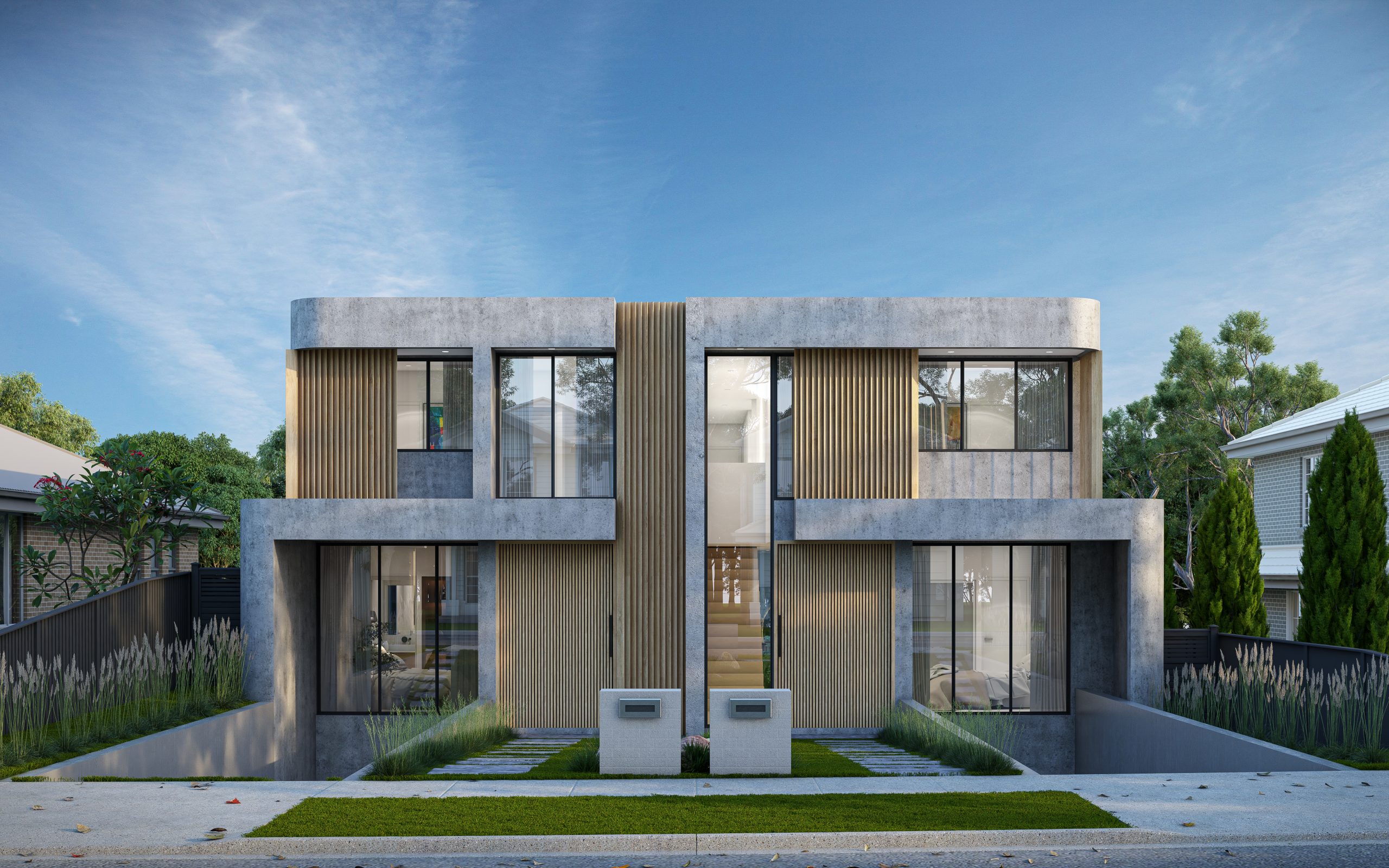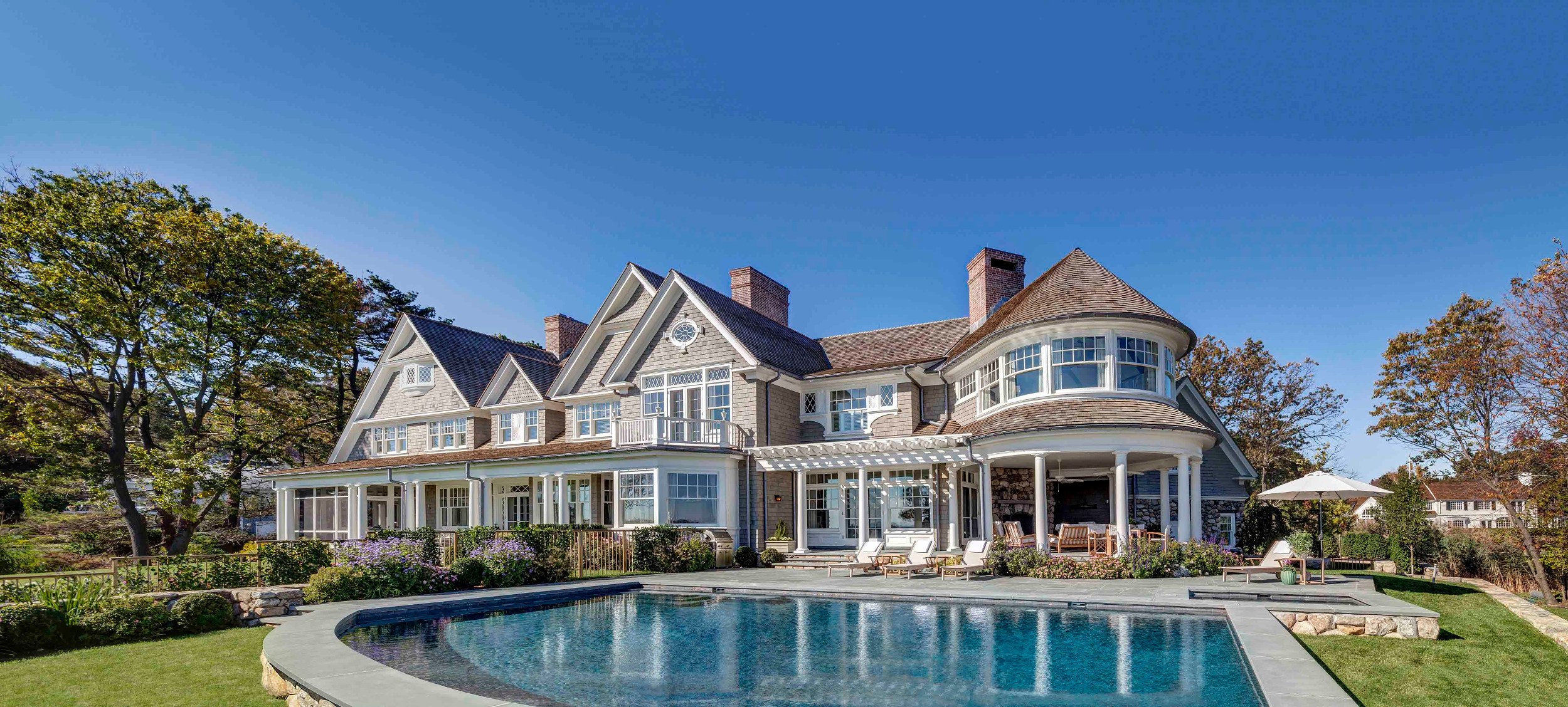Expert Residential Architects to Design Your Dream Home with Precision and Style
Expert Residential Architects to Design Your Dream Home with Precision and Style
Blog Article
Exactly How Residential Architects Create Custom-made Houses for Every Way Of Living
The process through which property designers layout customized homes is a nuanced interaction of understanding customer needs and converting those insights right into functional home. Through thorough assessments and using design devices, engineers catch the significance of their clients' way of lives, making certain that each home mirrors personal worths and goals. This collective method expands past first principles, integrating innovative technologies and sustainable practices to enhance daily living. As we discover the complex actions associated with this transformative process, a deeper recognition for the designer's role fit distinct settings begins to arise.
Understanding Client Demands

Reliable communication is paramount in this process. Engineers need to urge clients to articulate their way of lives, family members characteristics, and future goals, guaranteeing that the design reflects their unique identity. By utilizing tools such as questionnaires, meetings, and aesthetic surveys, designers can gather useful insights into the customer's vision.
Additionally, understanding the context in which a home will exist is crucial. Engineers need to take into consideration variables such as the site characteristics, regional climate, and cultural influences that can affect the layout. This alternative approach permits the creation of areas that are not just visually pleasing however likewise practical and lasting.
Inevitably, a deep understanding of client needs enables architects to develop tailored homes that improve the quality of life for their occupants, promoting a feeling of belonging and convenience within their living environments.
Design Process and Cooperation
The layout process in residential design is a vibrant interplay of imagination and partnership, where architects, customers, and numerous stakeholders work closely to bring a vision to life. This repetitive trip generally starts with a series of conferences to develop a comprehensive understanding of the client's aspirations, choices, and way of life needs. During these conversations, designers gather vital information, enabling them to conceptualize designs that align with the customer's vision.
Complying with the first examinations, the style stage progresses through sketches, 3D versions, and architectural renderings. This visual communication serves as a tool for architects to existing concepts, while also welcoming customer feedback, making sure that the last design resonates with their assumptions. Reliable cooperation with engineers, professionals, and indoor developers is important during this phase, as it makes certain that all useful aspects of the project are perfectly integrated.

Incorporating Way Of Living Elements
Incorporating way of living elements right into residential style is vital for developing spaces that genuinely reverberate with the inhabitants. residential architecture homes. This process starts with recognizing the unique requirements, choices, and day-to-day routines of the homeowners. Designers participate in comprehensive discussions to uncover exactly how the private or family uses their area, whether for enjoyable guests, pursuing hobbies, or seeking peaceful hideaway
As soon as these insights are collected, architects can tailor design features that enhance daily experiences. Open flooring plans may be developed for families that prioritize togetherness, while dedicated workspaces can be incorporated for those that work from home. Outdoor locations, such as patio areas or yards, can be emphasized for family members that enjoy exterior tasks or amusing.
Furthermore, flexibility is a key factor to consider; multi-functional areas enable for flexibility as lifestyles advance over time. Custom storage space options can likewise be incorporated to fulfill certain company demands, making certain that the home stays functional and clutter-free. Eventually, by thoughtfully weaving way of living elements right into the architectural textile, property architects develop customized homes that not only accomplish aesthetic needs but likewise substantially boost the lifestyle for their clients.
Lasting and Smart Style
Lasting and smart style significantly plays an essential duty in residential architecture, as house owners seek to lessen their ecological impact while enhancing their living experiences. Engineers are now integrating environmentally friendly products, energy-efficient systems, and cutting-edge the original source technologies to produce homes that not just meet aesthetic wishes yet also serve the world.
Integrating renewable resource sources, such as solar panels and wind generators, permits homeowners to harness all-natural resources, considerably lowering dependence on traditional power grids. Smart home technologies even more boost sustainability by optimizing energy use via automated systems that control illumination, home heating, and air conditioning based upon tenancy and preferences.
Moreover, making use of sustainable building products-- like redeemed wood, bamboo, and recycled steel-- advertises a circular economic climate, lowering waste and resource consumption. Designers additionally highlight passive design concepts, guaranteeing homes are oriented for maximum natural light and air flow, therefore reducing the need for synthetic heating and air conditioning.
Along with environmental benefits, lasting and clever layout adds to the overall convenience and wellness of citizens. By focusing on interior air top quality and natural environments, engineers produce areas that foster health, enabling property owners to grow in consistency with their environment.
Wrapping Up and Carrying Out Plans
Wrapping up and executing strategies is an essential phase in the property design procedure, where the vision of a customized home begins to appear. This stage entails meticulous attention to detail, ensuring that every element of the layout is precisely expressed and ready for building and construction. residential architecture homes. Architects work together very closely with clients to evaluate final strategies, addressing any type of final adjustments or issues, while making certain that all elements align with the house owner's lifestyle needs
When plans are completed, designers prepare thorough construction documents, including in-depth illustrations and specs that act as a blueprint Read Full Article for building contractors. These documents describe products, surfaces, and installation methods, offering clearness for subcontractors and contractors. Additionally, securing required authorizations and sticking to neighborhood building ordinance is essential, as it ensures compliance and smooth project implementation.
Reliable interaction is crucial throughout this phase. Regular updates and discussions with builders aid to mitigate potential problems prior to they arise. By promoting a joint environment, engineers can guarantee that the execution straightens with the original vision. Inevitably, this essential phase changes principles into reality, laying the foundation for a home that reflects the unique way of living and preferences of its residents.
Conclusion
In final thought, property engineers play a crucial duty in crafting customized homes that cater to diverse lifestyles. Through precise understanding of client requirements, collective style procedures, and the integration of lifestyle elements, architects guarantee that each home reflects individual preferences.
The procedure by which household engineers style personalized homes is a nuanced interplay of recognizing customer demands and translating those insights into functional living rooms. Via thorough appointments and the usage of layout devices, engineers catch the essence of their clients' way of livings, making certain that each home shows individual values and goals. Architects need to urge clients to articulate their way of livings, family members characteristics, and future desires, making sure that the style reflects their unique identity.The style process in residential style is a vibrant interplay of creative thinking and cooperation, where designers, clients, and numerous stakeholders work very closely to bring a vision to life - residential architecture homes. With meticulous understanding of customer needs, joint style processes, and the combination of lifestyle aspects, architects make sure that each home reflects you can find out more private choices
Report this page